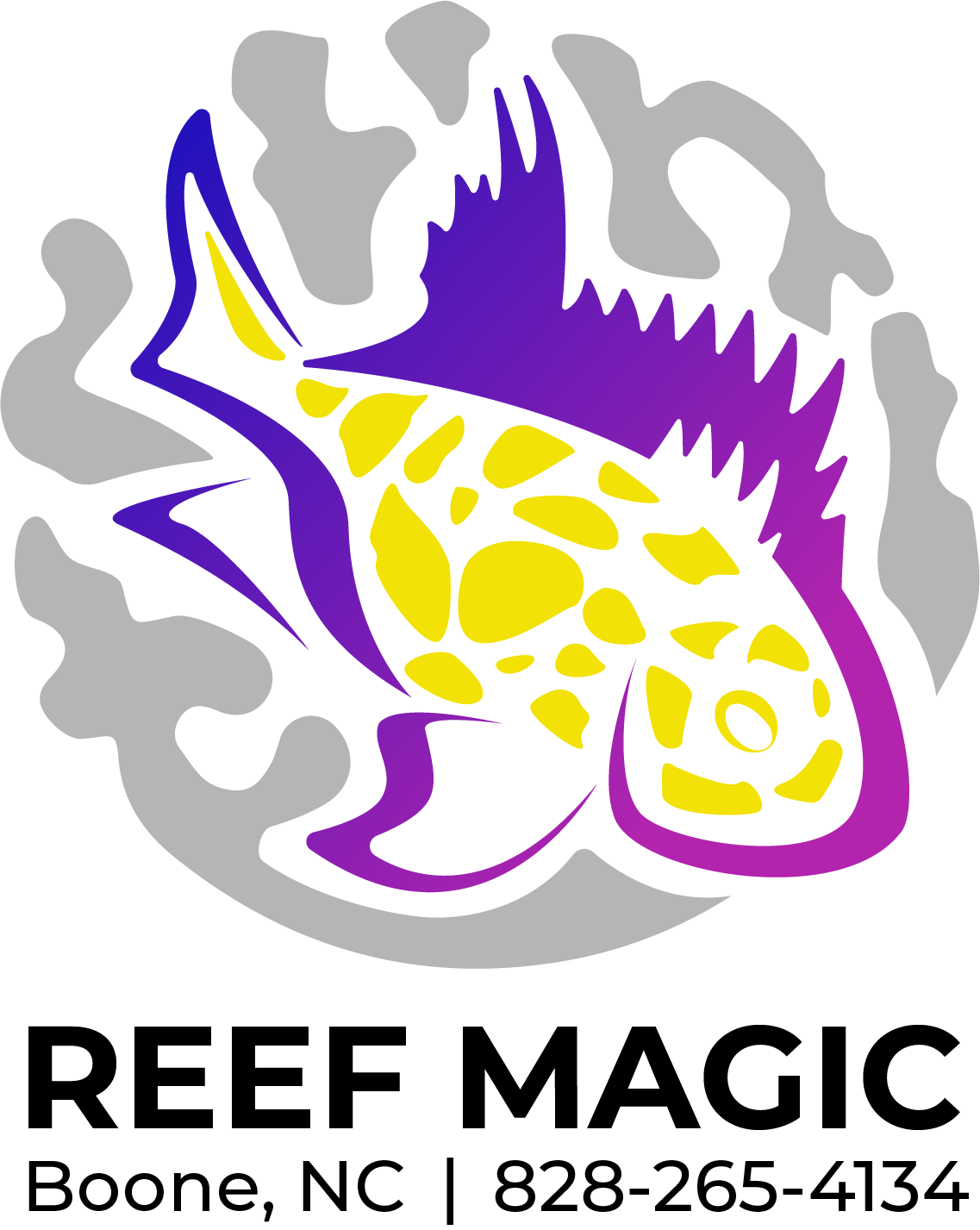 Image 1 of 1
Image 1 of 1


Shark - Rainbow
The Rainbow Shark, scientifically known as Epalzeorhynchos frenatum, is a popular and striking fish species often kept in freshwater aquariums. Here's some information about the care of Rainbow Sharks:
Species: Epalzeorhynchos frenatum (Rainbow Shark)
Tank Requirements:
Tank Size: Provide a tank with a minimum capacity of 30 gallons for a single Rainbow Shark. They appreciate space to swim and establish territories.
Water Temperature: Maintain a temperature between 74-79°F (23-26°C).
Water Parameters: Aim for a pH level of 6.5-7.5 and a hardness of 5-12 dGH.
Filtration: Install a reliable filtration system to maintain water quality and provide moderate water movement.
Substrate and Decor: Use a substrate of sand or small gravel. Rainbow Sharks appreciate the presence of hiding spots, so include rocks, driftwood, and plants (live or artificial) to create caves and crevices.
Feeding:
Diet: Rainbow Sharks are omnivorous but lean more towards herbivorous tendencies. Offer them a balanced diet that includes high-quality sinking pellets or flakes suitable for omnivorous fish. Supplement their diet with vegetable matter like spirulina flakes, blanched vegetables, and occasional treats of live or frozen foods such as bloodworms or brine shrimp.
Feeding Frequency: Feed Rainbow Sharks once or twice a day, providing an amount they can consume within a few minutes. Adjust the quantity based on their appetite but avoid overfeeding.
Tankmates:
Compatibility: Rainbow Sharks can be territorial and aggressive towards similar-looking fish or those that intrude on their established territories. Avoid keeping them with other Rainbow Sharks or fish with similar body shapes and colors.
Suitable Tankmates: Good tankmates include peaceful community fish that are not similar in appearance to Rainbow Sharks. Examples include tetras, barbs, rasboras, gouramis, or other similarly-sized peaceful species. Monitor their behavior and ensure adequate space for all tankmates.
Maintenance:
Water Changes: Perform regular partial water changes of 25-30% every 1-2 weeks to maintain water quality and remove accumulated toxins.
Water Testing: Regularly test water parameters, including ammonia, nitrite, nitrate, pH, and temperature, to ensure they remain within the appropriate range.
Cleaning: Routinely clean the tank by removing any excess waste, debris, and decaying plant matter. Clean the filter regularly to prevent clogging and ensure efficient water circulation.
Behavior and Health:
Behavior: Rainbow Sharks are active fish that typically occupy the middle and bottom levels of the aquarium. They establish territories and may display territorial behaviors towards other fish.
Signs of Good Health: Look for active swimming, vibrant colors, intact fins, and a healthy appetite. Any signs of illness, such as lethargy, loss of appetite, abnormal behavior, or physical abnormalities, should be promptly addressed.
Remember to provide appropriate tank conditions, monitor water parameters, offer a balanced diet, and choose compatible tankmates to ensure the overall health and well-being of your Rainbow Shark.
The Rainbow Shark, scientifically known as Epalzeorhynchos frenatum, is a popular and striking fish species often kept in freshwater aquariums. Here's some information about the care of Rainbow Sharks:
Species: Epalzeorhynchos frenatum (Rainbow Shark)
Tank Requirements:
Tank Size: Provide a tank with a minimum capacity of 30 gallons for a single Rainbow Shark. They appreciate space to swim and establish territories.
Water Temperature: Maintain a temperature between 74-79°F (23-26°C).
Water Parameters: Aim for a pH level of 6.5-7.5 and a hardness of 5-12 dGH.
Filtration: Install a reliable filtration system to maintain water quality and provide moderate water movement.
Substrate and Decor: Use a substrate of sand or small gravel. Rainbow Sharks appreciate the presence of hiding spots, so include rocks, driftwood, and plants (live or artificial) to create caves and crevices.
Feeding:
Diet: Rainbow Sharks are omnivorous but lean more towards herbivorous tendencies. Offer them a balanced diet that includes high-quality sinking pellets or flakes suitable for omnivorous fish. Supplement their diet with vegetable matter like spirulina flakes, blanched vegetables, and occasional treats of live or frozen foods such as bloodworms or brine shrimp.
Feeding Frequency: Feed Rainbow Sharks once or twice a day, providing an amount they can consume within a few minutes. Adjust the quantity based on their appetite but avoid overfeeding.
Tankmates:
Compatibility: Rainbow Sharks can be territorial and aggressive towards similar-looking fish or those that intrude on their established territories. Avoid keeping them with other Rainbow Sharks or fish with similar body shapes and colors.
Suitable Tankmates: Good tankmates include peaceful community fish that are not similar in appearance to Rainbow Sharks. Examples include tetras, barbs, rasboras, gouramis, or other similarly-sized peaceful species. Monitor their behavior and ensure adequate space for all tankmates.
Maintenance:
Water Changes: Perform regular partial water changes of 25-30% every 1-2 weeks to maintain water quality and remove accumulated toxins.
Water Testing: Regularly test water parameters, including ammonia, nitrite, nitrate, pH, and temperature, to ensure they remain within the appropriate range.
Cleaning: Routinely clean the tank by removing any excess waste, debris, and decaying plant matter. Clean the filter regularly to prevent clogging and ensure efficient water circulation.
Behavior and Health:
Behavior: Rainbow Sharks are active fish that typically occupy the middle and bottom levels of the aquarium. They establish territories and may display territorial behaviors towards other fish.
Signs of Good Health: Look for active swimming, vibrant colors, intact fins, and a healthy appetite. Any signs of illness, such as lethargy, loss of appetite, abnormal behavior, or physical abnormalities, should be promptly addressed.
Remember to provide appropriate tank conditions, monitor water parameters, offer a balanced diet, and choose compatible tankmates to ensure the overall health and well-being of your Rainbow Shark.




